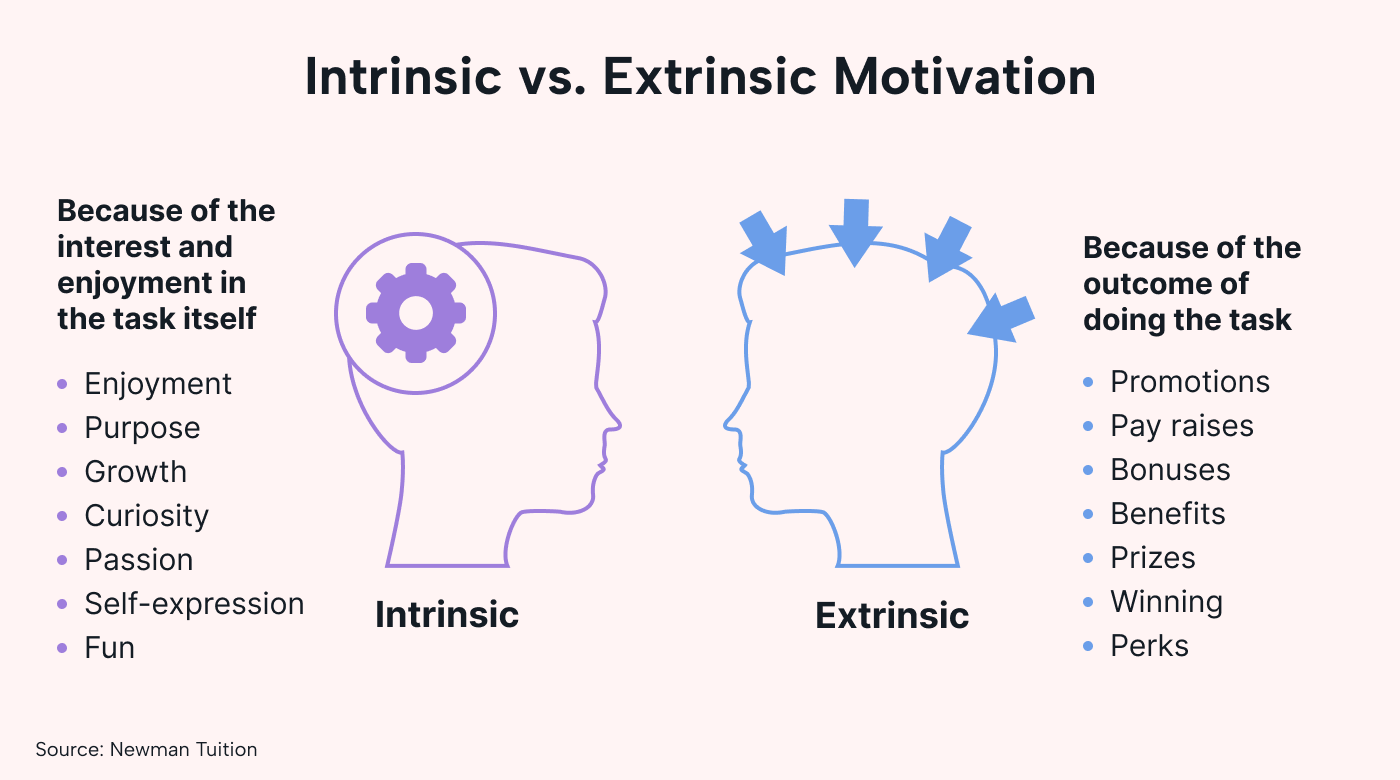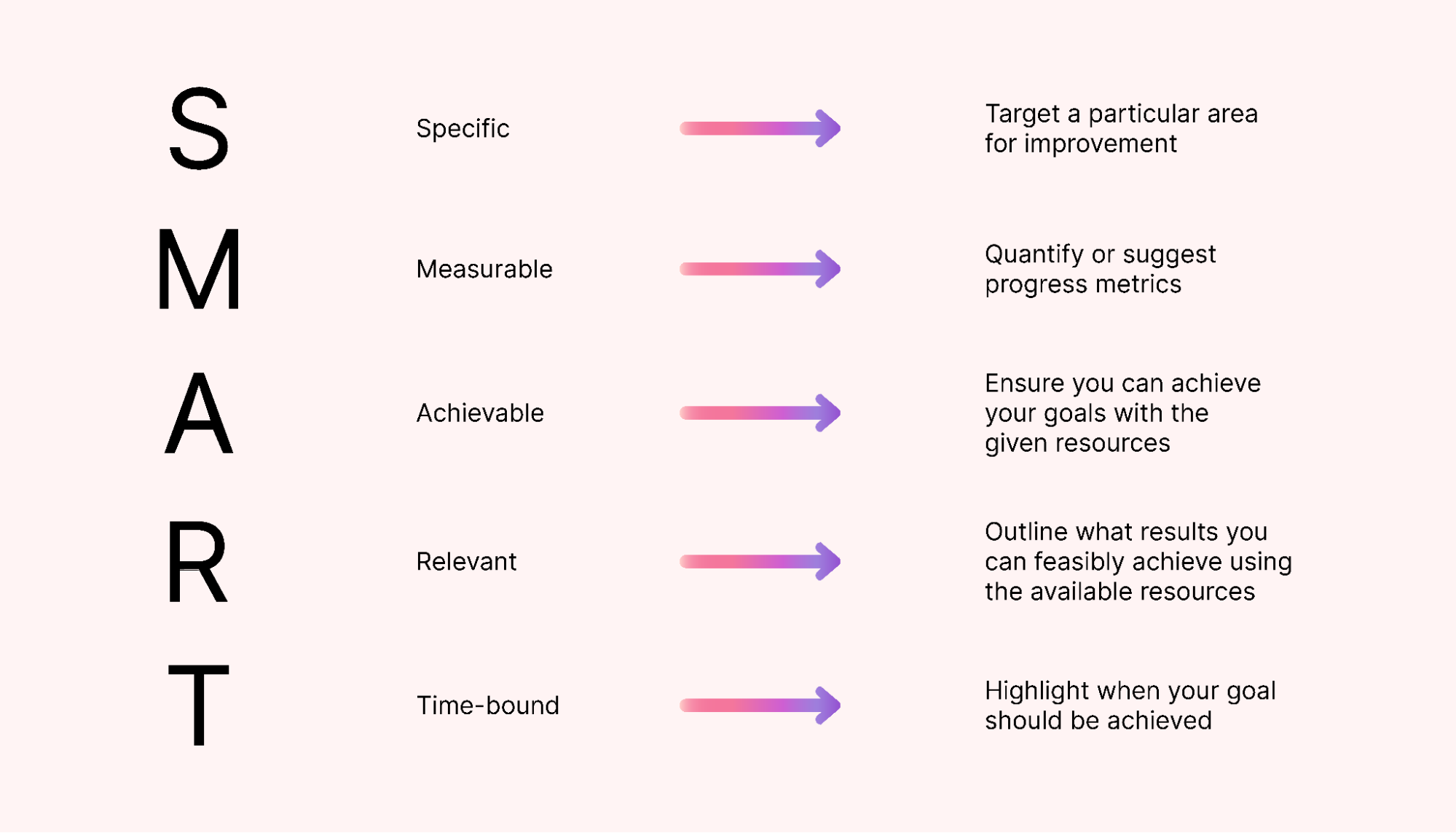Building a motivated team isn’t just about pep talks and team-building activities; it’s an investment that, if done correctly, will pay dividends.
Is going the extra mile worth it?
It’s been shown that, with a highly engaged workforce, profitability increases by 21% — but you can get there with a positive, motivated company culture.
Team motivation is the shared passion, spirit, and dedication that brings an entire team together for a common purpose. It’s about creating and fostering an environment that inspires team engagement.
In this article, we'll walk you through the essential strategies to build a highly motivated team that aligns with your vision and drives your business’s success.
Why should you care about team motivation?
It's not just about having a team of people who feel good about their work. Here are more reasons you should care about improving your team's motivation.
Productivity
Think about the last time you were engaged with your work. Time probably went by fast, and the end product was better.
Motivated employees are more engaged and focused on their tasks, naturally leading to improved efficiency (and better outcomes).
Creativity
Motivated teams are likelier to think outside the box, contributing innovative ideas and solutions to challenges.
When you're motivated, you feel empowered to share your thoughts and take risks, leading to innovation and growth.
Less turnover
Engaged employees are less likely to jump ship.
Reducing employee turnover leads to reduced recruitment costs and preserving institutional knowledge.
Reputation
Do you know what's better than any marketing? Positive word of mouth.
Satisfied and motivated employees are more likely to speak highly about you, their workplace, and the product or service you're delivering. This, in turn, attracts more top talent and boosts the company's reputation in its industry.
Resilience
Motivated teams are more adaptable to change and resilient in the face of change, which translates into a better chance of hitting company goals and thriving in dynamic environments.
Bottom line, a healthy work environment isn't only good for you and your team but also for your (pardon the pun) bottom line.
Intrinsic vs external motivation: which is better?
Not all motivation is created equal. There are two types of motivation: intrinsic and extrinsic.
Intrinsic motivation
Intrinsic motivation is like pursuing a hobby you adore. An inner desire fuels someone to act out of passion and genuine interest rather than external rewards.
External rewards (or threats of punishment) usually can't sway intrinsically motivated people. This is why you'll see people genuinely passionate about their work walk away from high-paying jobs if an organization's culture doesn't align with their values or they don't feel there's a deeper purpose to their work.
 |
Extrinsic motivation
Extrinsic motivation includes receiving praise or rewards for completing a task. If you've heard of the five love languages, extrinsic actions include being on the receiving end of words of affirmation, gifts, or acts of service. The drive comes from outside factors or tangible rewards
Motivators for these types of employees include financial incentives, recognition through awards or promotions, tangible rewards, competitive environments, and the fear of consequences for not meeting expectations.
Extrinsically motivated employees usually stand out as competitive and super-ambitious, often striving for a bonus or promotion.
There's absolutely nothing wrong with extrinsic motivation. In fact, for you as a business owner, it can be easier for you to motivate people with this personality type.
However, extrinsically motivated individuals need ongoing carrot sticks to keep their motivation up (which can drain your time and energy). Make sure you have a ladder for them to climb.
Depending on the type of people you've hired, you'll likely have a mix of intrinsically and extrinsically motivated individuals. And while both play a role in your business culture, intrinsically motivated people tend to be able to self-motivate without needing extra attention.
How are team motivation and culture linked?
Just because intrinsically motivated people are driven by purpose and passion doesn't mean you, as a team leader, don't have a critical role to play in their engagement with their work.
Team motivation and culture are closely linked, and a positive work environment is the key to lasting motivation. This is because a culture that prioritizes trust and psychological safety empowers employees to aim high and contribute their best possible work.
Workplaces in which employees are micromanaged might yield short-term spikes in productivity (out of fear), but employees will soon burn out and leave. Even worse, they'll make sure everyone they know is aware that your company is a terrible workplace.
 |
A positive workplace culture will boost employee performance, which is great for employee retention and your bottom line.
10 ways to boost team motivation
Looking to improve your employee engagement across the board? Here are 10 ways to overhaul your culture that are easier to implement than you might think!
1. Align your team around a shared vision
If your team isn't aware of team goals, they won't be able to get behind it.
And this doesn't just go for the intrinsically motivated among your staff. How can those seeking incentives perform at their best if they don't know what you need from them?
Paint a vivid picture of your mission and purpose. Why does your business exist, and what does it seek to achieve?
Help each team member understand their role in achieving this shared vision. Once they understand, empower them to contribute ideas and take ownership of tasks to help everyone get there.
2. Promote open communication
While we're on the subject of opening up about larger goals, another key area of focus should be creating safe spaces for creativity. You want your staff to feel comfortable sharing their thoughts and concerns without fear of judgment.
Just as your staff can't know what you want from them without you being open about your goal for your business, you want to make it easy for your staff to tell you what they need from you.
3. Ask for feedback and implement changes
To simplify feedback-sharing, set up regular feedback sessions (or even anonymous surveys) to gather your team's input. This could be on processes, challenges, and suggestions for improvement.
 |
Then, acknowledge that you’ve seen and understood the feedback you’ve received and act on it. Prove to your staff that their opinions matter to you.
4. Walk the walk
If you aren’t living the values that you want your team to live by, you can’t expect your team to do so.
So, lead by example. Show your dedication to the goals you’re asking your team to work toward. Lean into positivity, and show your team what a strong work ethic looks like.
5. Offer public recognition and appreciation
Recognize team achievements openly during meetings or through company-wide announcements. And don't forget to celebrate your wins!
It can be easy to get caught up in solving problems, but by openly acknowledging achievements and milestones, you're creating a culture that values hard work and recognizes individual and collective efforts.
6. Set clear goals and expectations
Outside of your wider mission, make sure what you expect from your team on a daily basis is also clearly outlined. Set SMART goals and promote ownership of individual responsibilities, ensuring everyone understands what's required of them and by when.
Break down large tasks into manageable steps, making sure a sense of progress and accomplishment is maintained along the way.
7. Provide growth and leadership opportunities
No one wakes up and thinks, "I want to be terrible at my job today."
So, if you're finding opportunities for improvement in your business, it's time to find positive feedback to motivate your team to develop themselves professionally.
Discuss the aspirations of your staff one-on-one, and choose specific mentorship programs and development plans that suit their goals and the areas in which they want to grow.
8. Offer incentives and rewards (if you want an extrinsically motivated team)
Everything we’ve discussed so far will help create a culture that satisfies both intrinsically and extrinsically motivated individuals. But the latter might require some extra glitter to keep them shining.
Try a few of the following:
- Recognition programs: Try initiatives that acknowledge exceptional performance a bit more publicly within your organization. Why not pair your monthly company updates with awards? Share your metrics, celebrate the achievements that led to them, and boost morale simultaneously.
- Performance bonuses: Offer monetary rewards or bonuses when your staff hit their targets. This provides a tangible acknowledgment of hard work.
- Extra perks: Provide additional benefits, such as extra time off, flexible work arrangements, or special privileges, as rewards for those truly outstanding contributions.
Pro tip: Just because someone is intrinsically motivated doesn’t mean they don’t deserve the perks of being a high-achieving team member — it just means they don’t rely on those perks to do a good job.
9. Offer flexible work arrangements to build trust on both sides
This side of 2020, no company should be afraid of providing flexible work arrangements. Not only are remote work opportunities expected, but it's not difficult to manage with hybrid options and online project management tools.
Offer some flexibility in your team members' schedules. You might have a range of morning people who'd love to get in early and be done by 3 p.m. and night owls who do their best work while the rest of the world sleeps.
Allow remote work, flexible schedules, or compressed workweeks, and do your best to accommodate personal needs. You'll be rewarded with loyal staff who come to work rested, focused, and in their most productive state.
 |
If you believe that flexible work arrangements just can't work for your business, remember that this is a trust-based approach. By focusing on outcomes rather than micromanagement, you'll foster a sense of responsibility and ownership rather than running a daycare center for adults.
10. Build systems that promote autonomy
Lean into delegation and autonomy. You want your staff to rise to meet challenges and avoid feeling like they are constantly being watched.
To build trust in your team, you must trust your staff with decision-making. Delegate authority and responsibility. This gets the weight off your shoulders (once you get used to it) and allows your staff to take ownership of their work.
And let your staff innovate! Foster an environment where new ideas are welcomed. You never know what team members could bring to your desk that could change how you do business. But for this to happen, they must feel they can experiment.
Finally, recognize and appreciate times when autonomy led to successful outcomes. This shows that you trust your team to reach the best outcome for you — with no motivational quote posters required!
Three quick-start tips for boosting motivation right now
If overhauling your culture seems like a big hurdle, here are three quick steps you can take to get started:
1. Align your team
Ask your team what they need most right now. Be open to their feedback and work toward solutions together.
Keep the feedback nameless, shameless, and blameless so that real progress can be made. This builds trust, which will help motivate your staff.
2. Do what you say you’ll do
It’s as simple as that, and it starts with you. If you can’t keep your word, don’t expect your team to.
It’s not about the big things, either. Get the basics right: Pay people on time, fix the issues brought to you, and do what you say you’ll do.
3. Use AI-driven project management software to align communication and workload
When your systems support flexible work, autonomy, and collaboration, it’s easier for your team to work together. You’ll still get full oversight, but they’ll feel less managed — a win-win!
Smart scheduling keeps everyone on track with fewer meetings, leading to more focus time and creativity.
Motion: Your secret weapon for improving collaboration
There's no one-size-fits-all approach to motivating a team, but we've given you a range of techniques to try in this article. Consider these as levers you can pull (as needed) to boost your team's motivation.
While these tips will give you a short-term flux of drive and speed in your team, a motivating culture is the most critical aspect for sustainable productivity — and that starts with you.
But you don't have to do it alone.
Underpin and sustain motivation with Motion's automated workflow processes and smart scheduling to keep everyone on the same page no matter where they work.
Let Motion do the heavy lifting so that you can focus on motivating your team to reach continued success.






